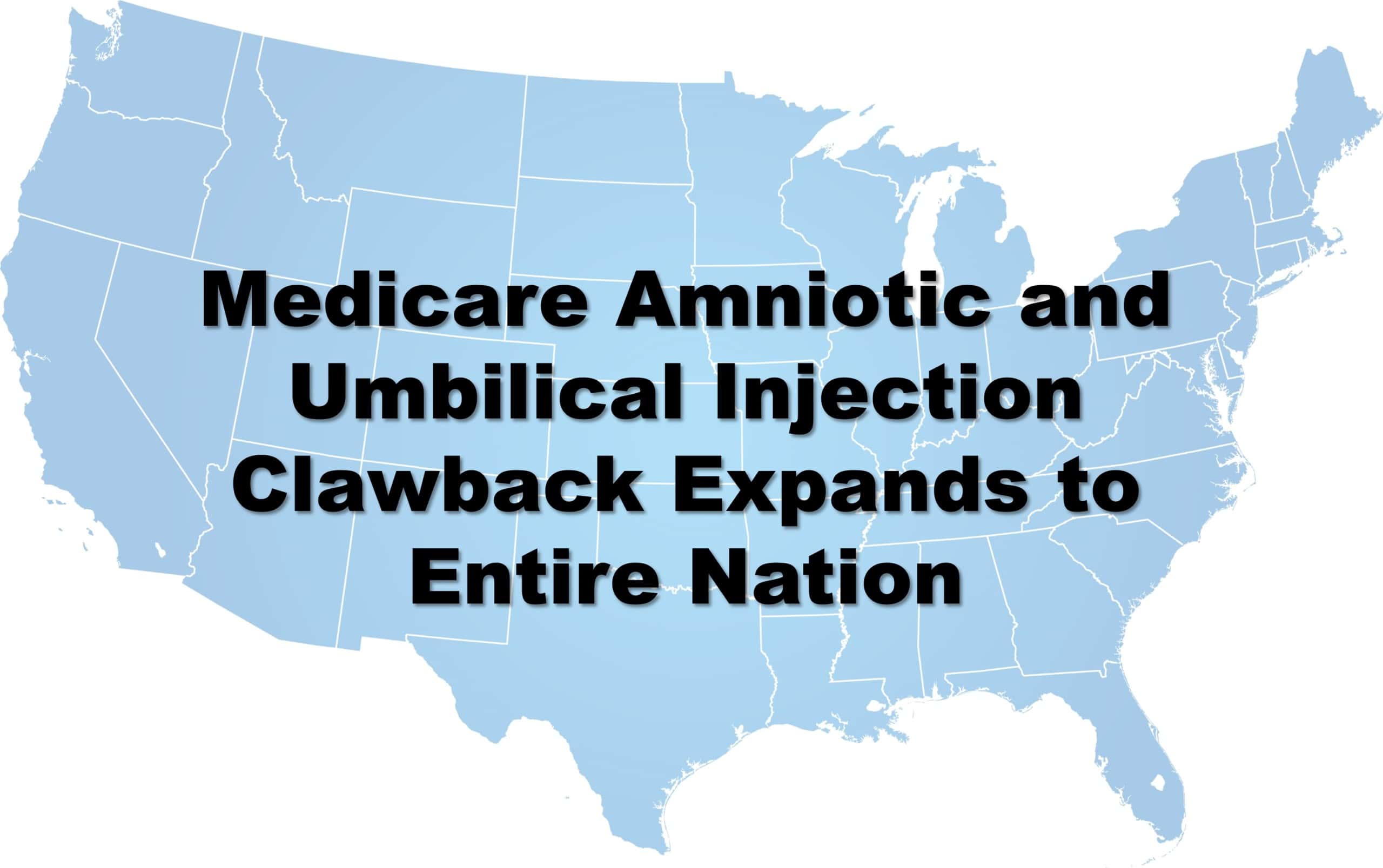With radicular symptoms I buy it, and if I'm the pt I'd try an ESI and afterwards I may get PRP myself, but that's radicular pain.
If it is axial low back pain and you're going to use PRP in an attempt to Tx it, especially if it's L3-4 or L4-5, it only makes sense to me it needs to be intradiscal.
Having said that, I did an IOF course in like, 2018 or so and we were told intradiscal only after everything else fails, and the pt had to meet very specific criteria to get it. The instructors there were very conservative with intradiscal.
Disagree.
I don't believe a caudal reliably covers L3-4. It gets L4-5 MOST of the time, but not always.
No offense man, I dispute your claim a caudal with PRP treats an annular fissure at L3-4 or L4-5, especially if you're saying it's working 70ish % of the time. The MoA doesn't make sense to me, nor does the technique itself.
If you told me you're doing intradiscal PRP I'd say okay. Same for TF or IL, bc in my corner of the world anything needing to go into the ventral epidural space for disk coverage is TF unless I have some reason why I can't. FTR, I use PRP and I'm a big fan of it.
I rarely do ESI of any type for what I believe to be discogenic pain. I do it occasionally, but not usually. Bad Dx.
Young attending vs fellow comment...???
What are you talking about? I do 200+ fluoro procedures per month, and I'm 5 yrs into PP. My biggest month was 240, and I think I've done a few of these. I've at least done enough to have an opinion, which may not be in agreement with yours, but one formed through a decent amount of experience.
I've read all the same articles you have regarding TFESI vs ILESI vs caudal regarding injectate spread.
Edit - BTW, I'm not saying at all the IL approach is > caudal for ventral spread. I'm saying the caudal is too far away and epidural PRP doesn't treat pain from an annular fissure bc that doesn't make sense to me.
If it’s purely discogenic pain, no radiculitis, intradiscal probably better. I’m no lutz, but I have seen positive outcomes in select individuals. If there’s an annular tear and some radicular symptoms, epidural lysate through an Interlaminar or transforaminal approach has worked well.
Just my experience. Maybe the patients thought I was cute and lied to me when they said it worked very well..maybe they thought I was too nice to disappoint. 🤷🏽♂️
My apologies to Mitch. You have been on SDN less than a year and started posting a lot relatively recently, and so I falsely assumed you were new in the world of practicing pain medicine.
To you both, I'm not advocating PRP epidurals for discogenic pain, just adding a few data points. My results doing PRP epidurals for discogenic pain have been disappointing in contrast to my results for annular tears which are quite good. I do feel that due to the increased risk, that intradiscal PRP procedures should be a last resort and I'm not quite ready to jump on that wagon, though I am certainly watching the literature in this area, and if PRP is proven to help then I'm sure a head to head study would show that intrasdiscal PRP is superior to epidural PRP for generic disc degeneration.
To Mitchlevi - Why don't you think epidural PRP would help an annular fissure, which is by definition on the surface of the disc, and the disc borders the epidural space? What else do you suggest? Epidural PRP is better than intradiscal PRP for this particular indication and carries far less risk.
If you are saying that PRP epidurals won't consistently treat generic disc degeneration, I am inclined to agree with you as I mentioned in the preceding paragraph.
To you both, free to ignore what I said about caudal ESI with depomedrol to the detriment of your patients. I have a number of patients with mostly a broad degenerative disc plus a small amount of radicular pain that do far better with a well performed caudal with depomedrol. None of these patients do as well with depo ILESI at that level or TFESI with dex just below.
I still do my S1 TFESI with depo (but please lets leave that discussion for another day), but the main point I want to convey is that over the last dozen years I have treated over a thousand non medicare/medicaid patients with a classic broad degenerative disc bulge at L4-L5 or L5-S1, more often at L4-L5, some mild-moderate lateral recess narrowing at one or both levels, and the patient has 80% axial pain and 20% leg pain.
If I do TFESI with dex just below, these patients have pain relief for a week only. If I do bilateral S1 TFESI with depo, most have great sustained relief of their leg pain for 5-6 months, but not of their axial pain. If I do a caudal with depo, using the technique I described, around 40% of them get 50-70% relief of their AXIAL lumbar pain for 3-5 months. A caudal covers the central 50% of the L5-S1 AND L4-L5 discs in a way that other epidural techniques do not. And you can consistently cover the L4-L5 disc if you use proper caudal technique.
This technique only helps 40% of patients in this category, but believe me they are so grateful that I helped them when no other physician could. And this is a low risk procedure, covered by insurance, so I have no qualms about trying it if other treatments have failed. Definitely less risky and less costly to the patient than intradiscal PRP.
You are shortchanging your patients if you don't open your eyes to new concepts which is what this board is about.


